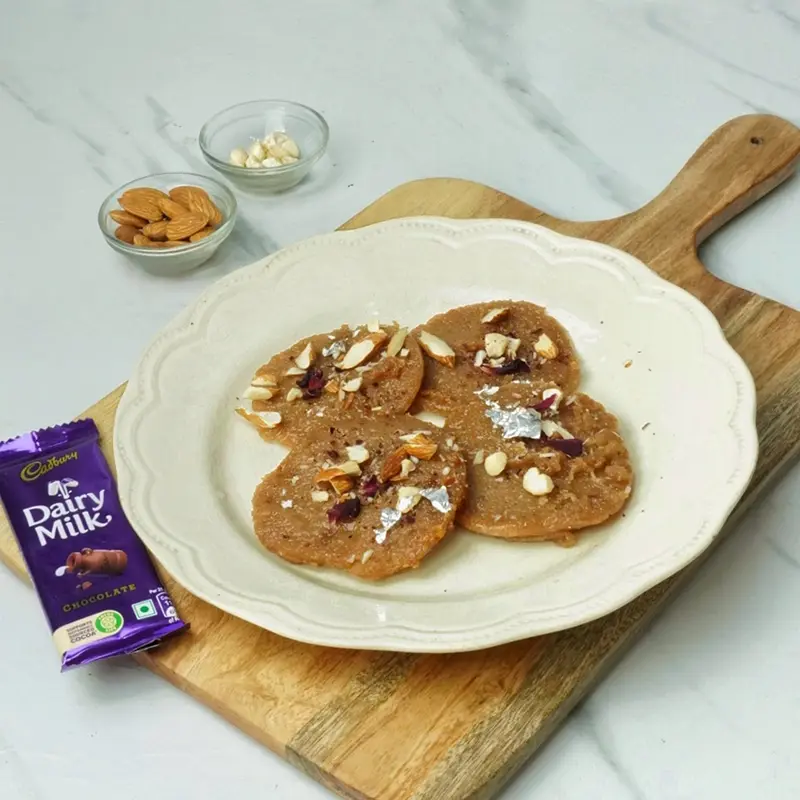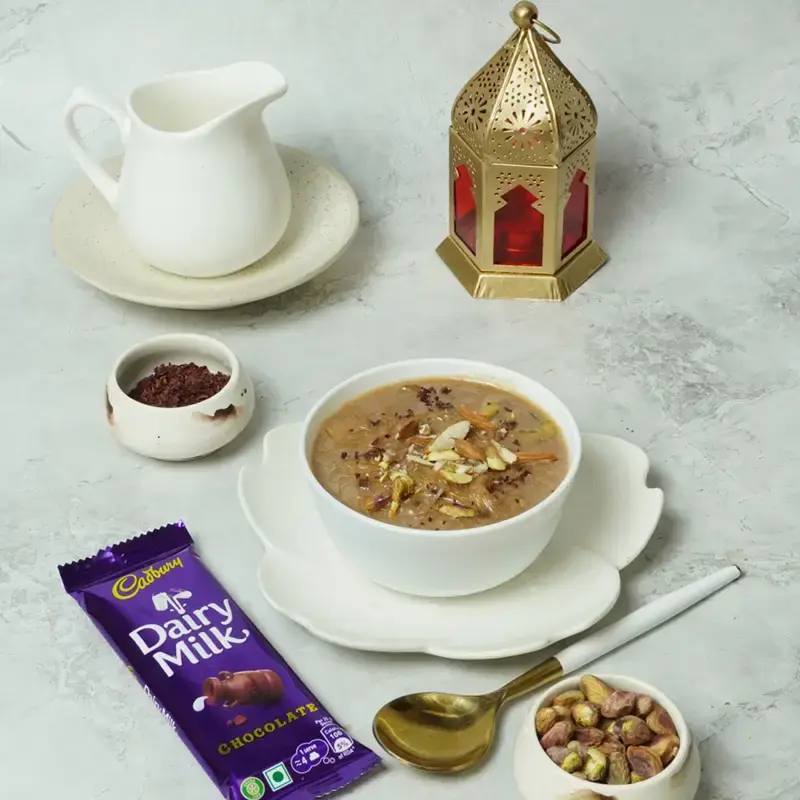Wondering how to bake a chiffon cake? This interesting recipe may need a few extra steps but it’s totally worth it!

Chiffon cake is a light and fluffy cake that combines the traits of both sponge cakes and oil-based cakes, so in a way, it offers the best of both worlds! It has the airy, crumby texture of sponge cakes, it also has the moistness of oil-based cakes. Chiffon cakes are airy and tender in texture; unlike regular sponge cakes chiffon cakes don’t use shortenings and rely on vegetable oil instead. The oil is added to the egg yolk mixture, creating a smooth and liquid batter.
Chiffon cakes are typically baked in a tube pan with a removable bottom. This shape allows the cake to rise and set properly, and the tube in the center promotes even baking. After baking, chiffon cakes are often cooled upside down which helps maintain the cake's light and airy texture by preventing it from collapsing under its own weight
The cake was created by an insurance salesman from Los Angeles, named Harry Baker, in the late 1920s and early 1930s. It has been said that Baker kept the plain cake recipe a closely guarded secret for more than 20 years. In the late 1940s, Baker struck a deal with a renowned baking company and agreed to share the chiffon cake recipe.

The chiffon cake recipe was first introduced to the public in 1948 and was praised for its light and fluffy texture, which was achieved by incorporating whipped egg whites into the batter. The use of vegetable oil instead of butter contributed to its moistness which made the chiffon cake stand out from traditional sponge cakes and butter cakes. Here’s how to perfect the recipe of a chiffon cake at home:
Ingredients
- 2 1/4 cups (270g) cake flour
- 1 1/2 cups (300g) granulated sugar
- 1 tablespoon baking powder
- 1/2 teaspoon salt
- 1/2 cup (120ml) vegetable oil
- 7 large eggs, separated
- 1 cup (240ml) cold water
- 2 teaspoons vanilla extract
- 1/2 teaspoon cream of tartar
Method

- Preheat the oven to 325°F (163°C) and make sure the oven rack is in the lower third of the oven.
- Use a tube pan with a removable bottom. Do not grease the pan since the cake needs to stick to the sides of the pan to rise properly.
- In a large bowl, sift together the cake flour, sugar, baking powder, and salt. Make a well in the centre.
- In the well, add the vegetable oil, egg yolks, water, and vanilla extract. Mix until smooth. In another clean, dry bowl, whip the egg whites and cream of tartar until stiff peaks form.
- Gently fold the whipped egg whites into the batter in three additions. Be careful not to deflate the egg whites; this is what gives the chiffon cake its airy texture.
- Pour the batter into the ungreased chiffon cake pan. Bake in the preheated oven for 55-60 minutes or until the top springs back when lightly pressed, and a toothpick inserted into the center comes out clean.
- Immediately upon removing the cake from the oven, invert the pan. Place the center tube over a bottle neck or use a wire rack to suspend the cake upside down until completely cool. This helps prevent the cake from collapsing.
- Once the cake is completely cooled, run a thin knife around the edges of the pan to loosen the cake. Remove the cake from the pan and serve
Like This Article?
More Like This
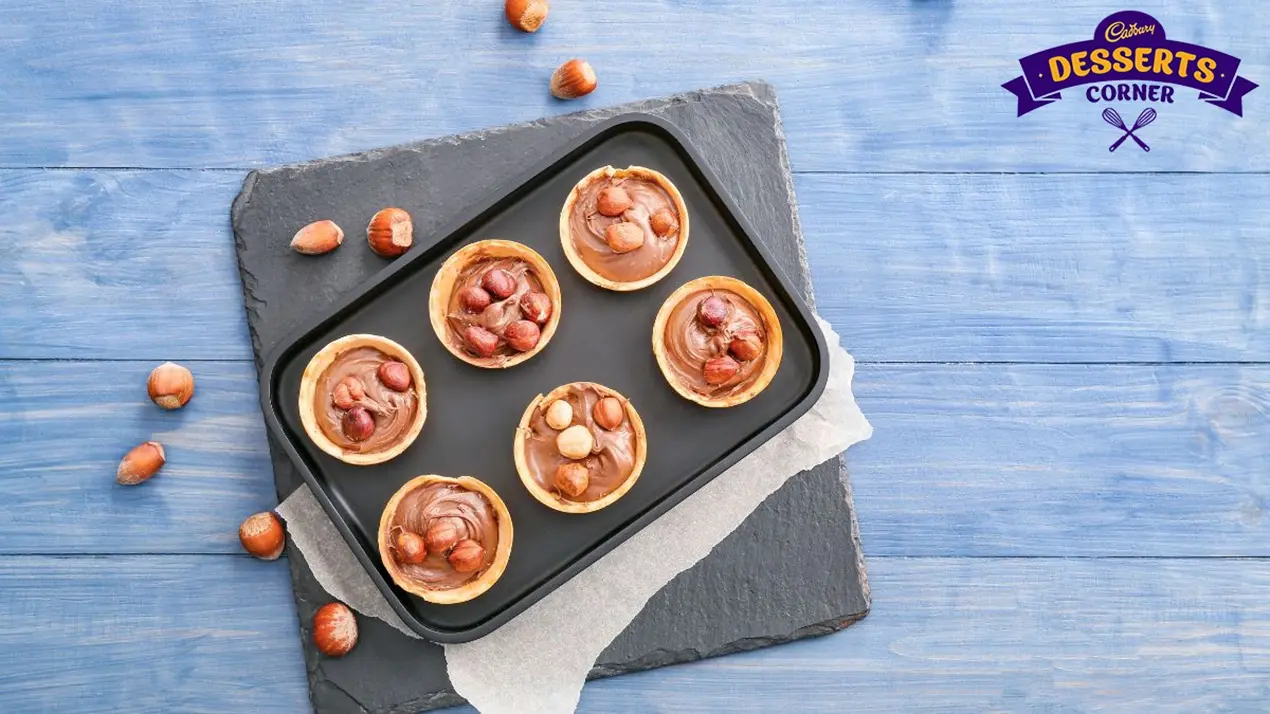
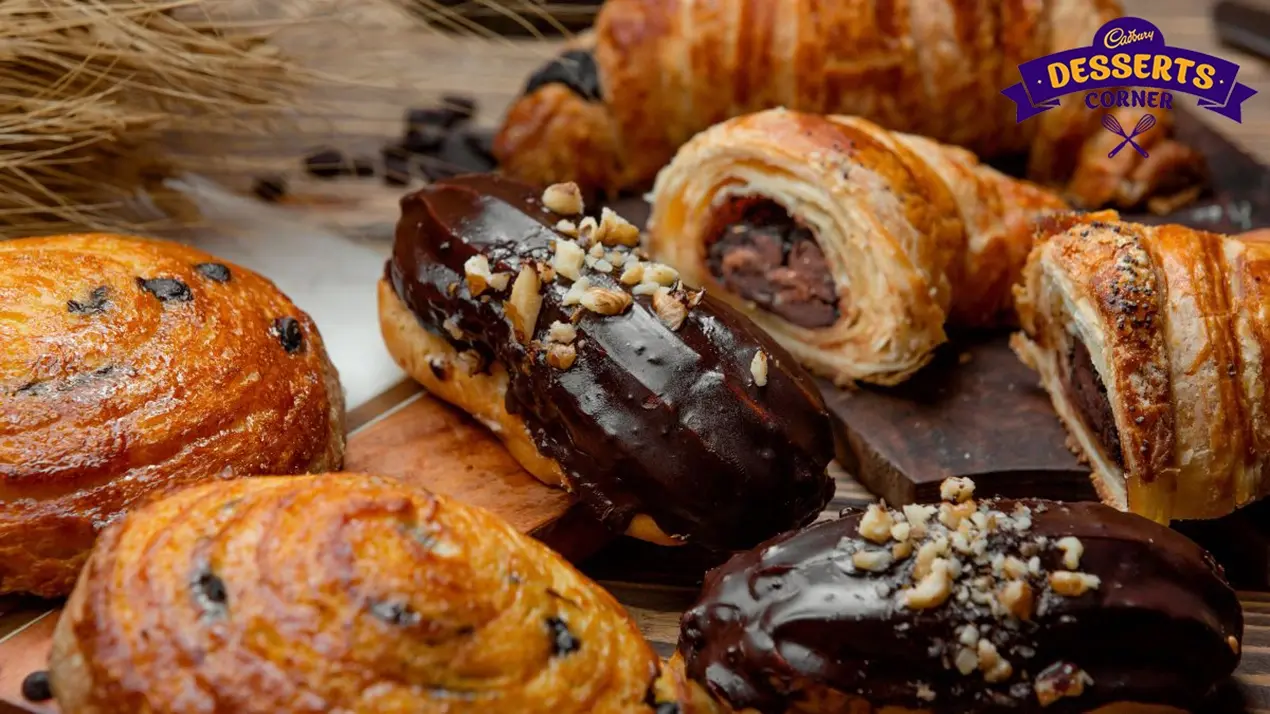

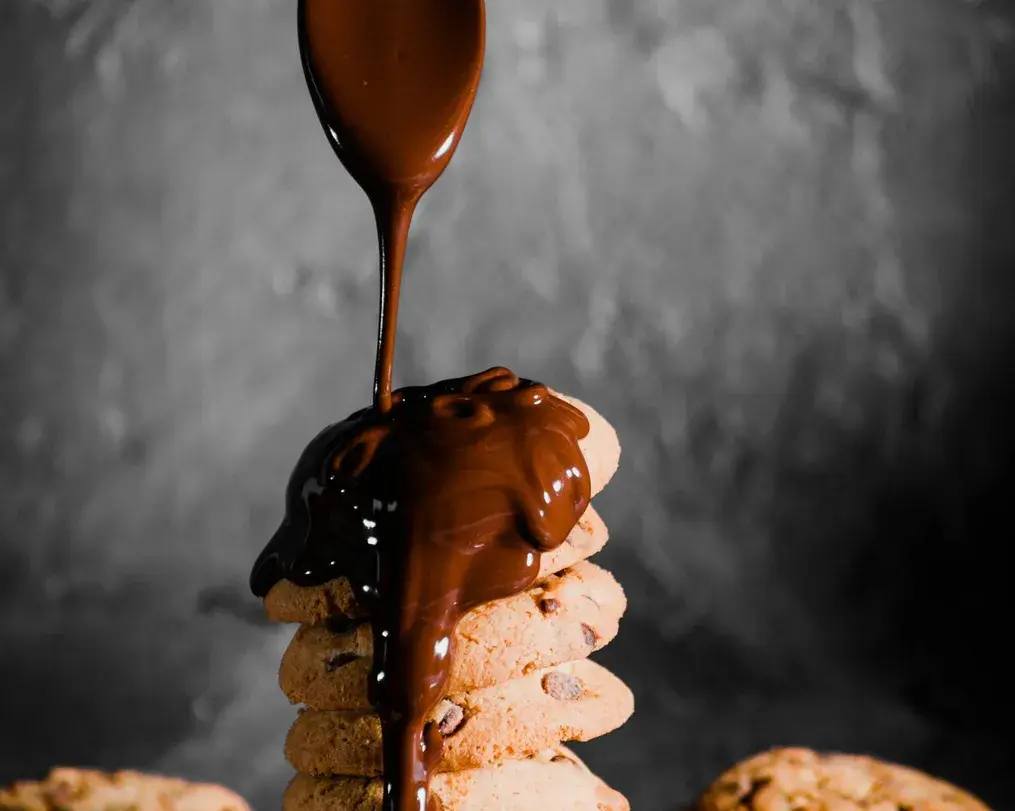
Popular Articles





Trending Web Stories
Curated Recipes
